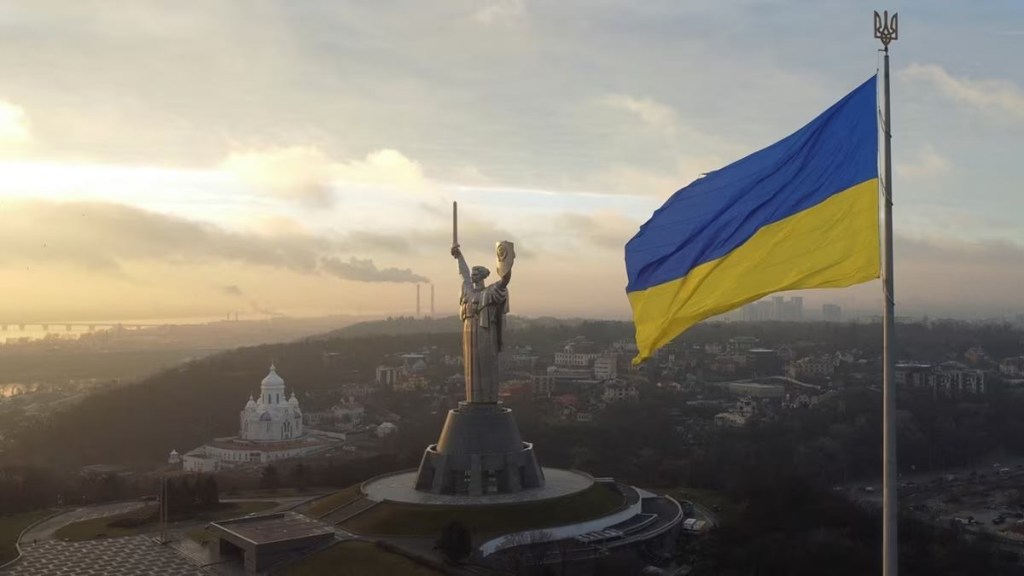Ukraine is pressing ahead with its counter-offensive as Russia is preoccupied in dealing with the fall-out of the aborted internal coup by YevgenyPrigozhin, leader of the Wagner private militia. The fact that Prigozhin captured Rostov-on-Don, the military base for Russia’s operations in Ukraine, and proceeded unimpeded to Voronezh en route to Moscow point to low levels of morale, if not disarray, among Russian forces who have been bogged down in a 17-month war in Ukraine. Prigozhin claims that his march to Moscow was only a “demonstration of protest” against the absorption of his forces into the Russian army and ineffectual conduct of the war. He retreated after a deal was struck whereby he would go into exile in Belarus and that charges against him and Wagner fighters would be dropped for fomenting the rebellion.
The imponderables over the future of the Wagner forces provide a window of opportunity for Ukraine to reclaim its territories acquired by Russia in the south and east of the country. If as a result of the deal Wagner forces are eliminated as a Prigozhin-led independent actor in the war as argued by a US think-tank, The Institute for Study in War, it is certainly an advantage for Ukraine. As Wagner fighters were solely responsible for Russia’s significant territorial gains in Bakhmut and Soledar in eastern Ukraine, their absence from the frontline provides a massive boost to Ukraine’s forces.
Ukraine’s counter-offensive, however, has not enjoyed early successes since it began this month, the reclaming of several villages in eastern Donetsk and Zaporizhzhia province aside. But the current conjuncture throws up opportunities to exploit due to the low morale and distraction of Russian forces. Although the ongoing war in Ukraine exemplifies the changing characteristics of conflict with its use of drones and satellite imagery, it also bears the hallmark of 20th century warfare with artillery barrages and use of tanks to punch through enemy defences. Ukrainian forces have not progressed due to minefields and tank-traps of entrenched Russian defences although they are equipped with Western supplies of artillery ammunition, anti-armour systems, Abrams and Leopold tanks. But they are now pressing ahead by “launching an offensive in several directions at the same time”, according to Ukraine’s deputy defence minister, Hanna Maliar.
Currently, there are reports of fierce fighting near Bakhmut and Ukrainian forces crossing the Dniproriver and retaking territory on the left bank in Kherson province. To be sure, Russia is retaliating with missiles strikes on Kyiv and other cities, causing civilian casualties. With its counter-offensive operations underway, Ukraine feels that it now has the military edge.
Unfortunately, the advantageous prospects for Ukraine hardly imply an impending end to the war. Russia may be distracted in dealing with the internal rebellion but is far from folding up on the battlefield. Wars end only when both sides silence their guns as they cannot achieve their military objectives.That hopeful scenario is not in prospect, which is bad news for the Global South and the rest of the world. No event has had more impact on the world than the ongoing war in Ukraine. Energy prices skyrocketed to $140 a barrel before falling to current levels of $74 a barrel. The war unleashed the spectre of a full-blown global food crisis. That threat may have abated for now but the food security of many developing countries is still imperiled.
